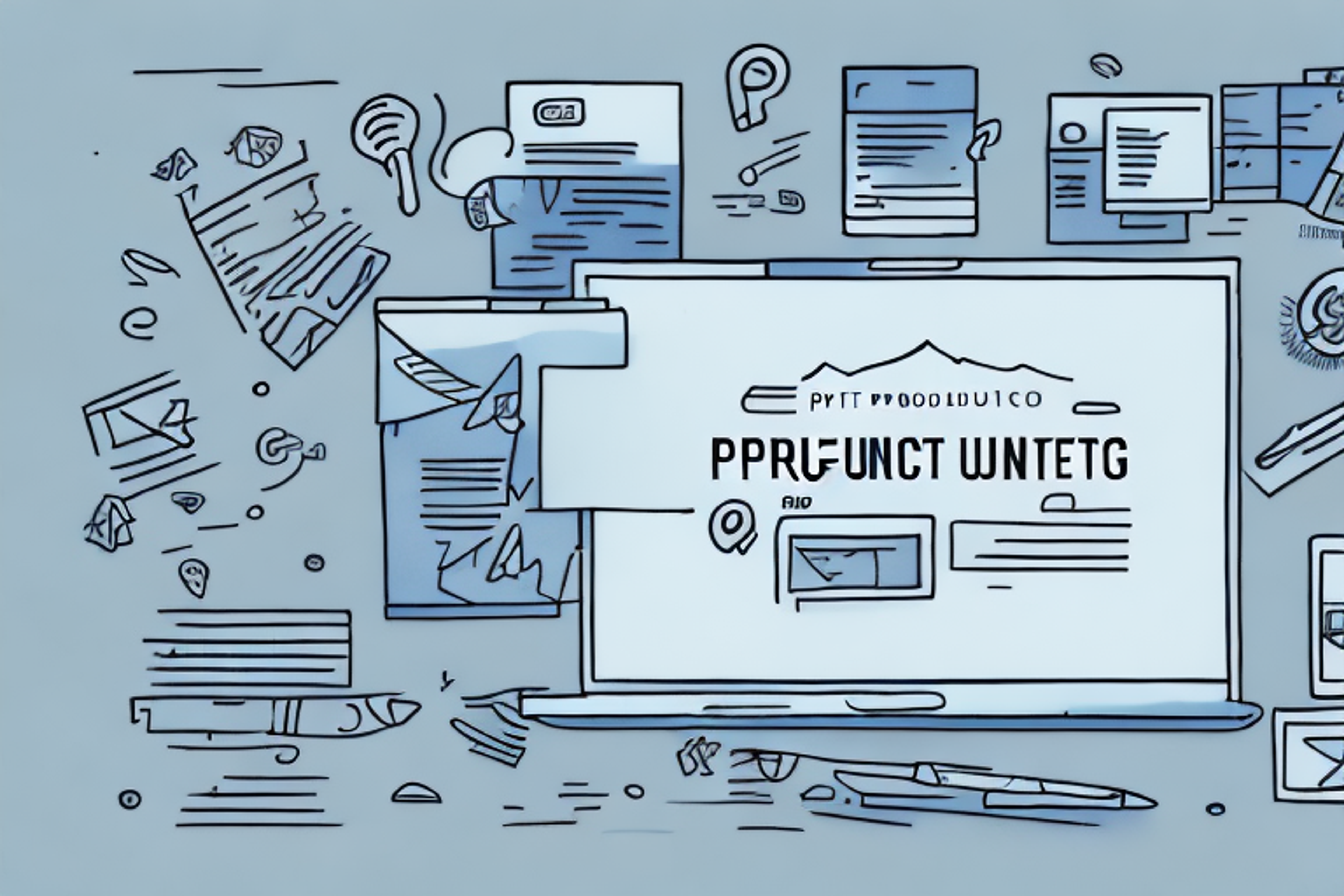Goals, Objectives, Key Results (OKRs): A Comprehensive Guide
Discover the power of setting effective goals, objectives, and key results (OKRs) with our comprehensive guide.
Posted May 15, 2023

Table of Contents
If you run a business or are part of a team, you have likely heard of OKRs – short for "Objectives and Key Results." They are a powerful framework for setting goals and tracking progress towards achieving them. Using OKRs can help you and your team achieve more, stay focused, aligned, and motivated. In this comprehensive guide, we will explore everything you need to know about OKRs – from their history and evolution over time to their implementation in modern business environments.
What are OKRs and why are they important?
OKRs are a goal-setting framework that originated at Intel in the 1980s and have since been adopted by many successful businesses. They help companies, teams, and individuals set ambitious, measurable goals and track their progress towards achieving them. The idea behind OKRs is to align plans, focus effort, and improve communication within an organization. They motivate people to focus on high-priority tasks, take ownership of their work, and work collaboratively towards a shared goal. This framework is particularly useful in fast-paced, dynamic business environments where goals and objectives can quickly change.
One of the key benefits of using OKRs is that they encourage transparency and accountability. By setting clear, measurable goals, everyone in the organization knows what they are working towards and can see how their work contributes to the overall success of the company. This helps to create a culture of transparency and accountability, where everyone is responsible for their own performance and the performance of the team as a whole. Additionally, OKRs can help to identify areas where improvements can be made, allowing teams to adjust their strategies and tactics in real-time to achieve better results.
The history of OKRs and their evolution over time
OKRs were originally introduced at Intel by former CEO Andy Grove, who realized the importance of setting clear goals and tracking progress. The framework quickly gained popularity and was later adopted by companies like Google, Twitter, and LinkedIn. Over time, OKRs have evolved to become a more flexible, versatile framework that can be used by businesses of all sizes and industries. Today, OKRs are used by startups, nonprofits, and governments, and have become a crucial tool for managing and achieving organizational objectives.
The difference between goals, objectives, and key results
To understand OKRs fully, it is crucial to understand the difference between goals, objectives, and key results. Goals are broad, overarching statements that define what you want to achieve. Objectives are specific, measurable targets that serve as stepping stones towards reaching a goal. Key results are specific metrics that indicate whether or not you are making progress towards achieving an objective. Key results are usually numeric, making tracking and analysis easier.
While goals and objectives are often used interchangeably, they have distinct differences. Goals are typically long-term and provide direction for the organization, while objectives are short-term and more specific. Objectives are often used to break down a larger goal into smaller, achievable steps.
Key results are essential for measuring progress towards objectives and goals. They provide a clear indication of whether or not you are on track to achieving your desired outcomes. Key results should be specific, measurable, and relevant to the objective they are tracking. They should also be challenging but achievable, providing motivation for the team to work towards achieving them.
Setting SMART goals and objectives for your business
When setting goals and objectives, it is essential to ensure they are clear, achievable, and aligned with your mission and values. One useful strategy is to use the SMART (Specific, Measurable, Achievable, Relevant, and Time-bound) framework. SMART goals and objectives are precise, easy to measure, within reach, aligned with your mission and values, and have a fixed deadline. Setting SMART goals will help you track progress, motivate your team, and ensure everyone is working towards a shared vision.
Another benefit of setting SMART goals is that they can help you prioritize tasks and allocate resources effectively. By breaking down larger goals into smaller, more manageable objectives, you can identify which tasks are most important and allocate resources accordingly. This can help you avoid wasting time and money on tasks that are not aligned with your overall business strategy.
It is also important to regularly review and adjust your goals and objectives as needed. As your business evolves and circumstances change, your goals may need to be revised to ensure they remain relevant and achievable. By regularly reviewing your goals and objectives, you can ensure that you are staying on track and making progress towards your long-term vision.
Defining key results and how they measure success
Key results are the numbers that track progress towards achieving your objectives. They should be specific, measurable, and have a clear deadline. For example, if your objective is to increase revenue, your key results could be to achieve a specific increase in sales or a higher conversion rate. Key results allow you to measure your success and assess whether or not you are on track to achieving your objectives. They also provide motivation and clarity to individuals and teams, letting them see the impact of their work.
How to align your OKRs with your company's mission and values
It is essential to align your OKRs with your company's mission and values to ensure that they contribute towards your overall vision. Every objective should have a clear connection to your company's goals and values. Involving your team in the OKR process can help with alignment and strengthen their commitment to achieving your objectives.
Crafting effective OKRs that motivate your team to achieve more
When crafting OKRs, it helps to involve your team in the process and select goals that inspire and motivate them. Effective OKRs should be meaningful, challenging, and achievable, and should have a clear impact on your company's success. They should also be simple and straightforward enough that everyone can understand them. Detailed, ambitious OKRs can motivate your team and help them feel like they are working towards a worthy cause.
How to track progress and measure the success of your OKRs
Tracking progress and measuring success are crucial to the success of any OKR initiative. Using a progress tracking tool like a spreadsheet can help you keep track of your key results and ensure you are making progress towards your objectives. It is essential to review your progress regularly, re-evaluate your OKRs, and adjust your approach as needed. Celebrate your team's successes and learn from their failures to help create a culture of achievement and growth.
Common pitfalls to avoid when setting and implementing OKRs
Although the OKR framework has proven highly successful, there are several common pitfalls you should avoid to ensure your success. Overcomplicating your OKRs, setting too many of them, and forgetting about your core mission and values are all common mistakes to avoid. Measuring the wrong metrics or failing to align with your company's goals can also lead to failure. By avoiding these common pitfalls, you can ensure your OKRs are effective and efficient.
Case studies of successful companies that use OKRs to drive growth and innovation
Many successful companies have used the OKR framework to achieve growth and innovation. For example, Google has benefited from using OKRs, which they use to set aggressive targets and measure progress easily. Another successful implementation example is the UK government, who uses OKRs to align government departments and achieve their priorities. Numerous small companies have also successfully adopted OKRs and seen substantial success. These case studies provide inspiration and guidance to implement OKRs effectively.
Tips for adapting OKRs to remote work environments
The COVID-19 pandemic has caused many teams to switch to remote work, and this has resulted in new challenges when implementing OKRs. It is essential to ensure that your OKRs are still aligned with your mission and values, and that they are achievable in a remote work environment. You may need to adjust your methods of communication and tracking progress, as well as regularly check in with team members. Adopting best practices for remote work, such as regular check-ins and written communication, can help you adapt your OKR initiative to remote work environments.
Challenges in implementing OKRs and how to overcome them
While the benefits of OKRs are clear, implementing them poses several challenges that you should be aware of. One common challenge is getting everyone on the same page and ensuring everyone understands your objectives fully. Another challenge may be defining key results that are measurable but not easy to manipulate. By anticipating these challenges and proactively addressing them, you can strengthen your OKR initiative and ensure success.
How to use technology tools to support your OKR process
Technology tools like OKR tracking software can simplify the process of tracking and managing your objectives effectively. These tools can help you set up automated progress tracking, facilitate communication between team members, and provide data analysis tools to help you measure success. Selecting the right technology tools can help you overcome challenges and ensure the success of your OKR initiative.
Conclusion: Why every business should adopt the OKR framework
The OKR framework can help businesses of all sizes and industries achieve their objectives by aligning their efforts, improving communication and tracking progress, and motivating team members. Although implementing OKRs presents several challenges, the benefits are numerous. By following best practices, involving your team, and adapting your approach as needed, OKRs can help take your business to the next level. We hope this comprehensive guide has provided you with the knowledge and insights you need to start implementing OKRs in your own organization successfully.



















